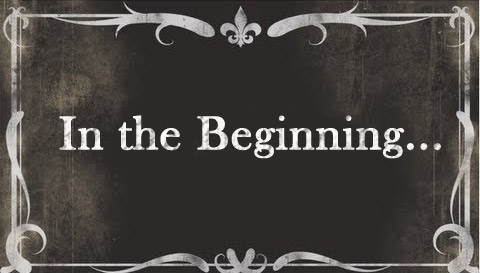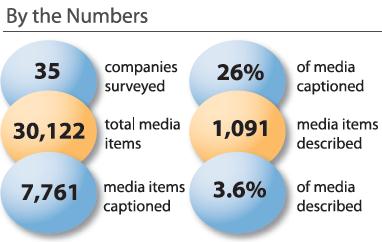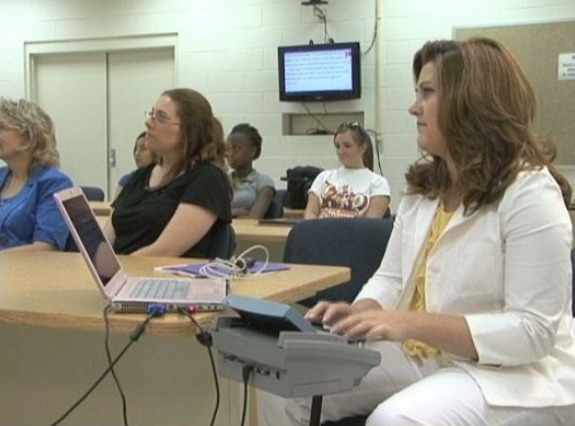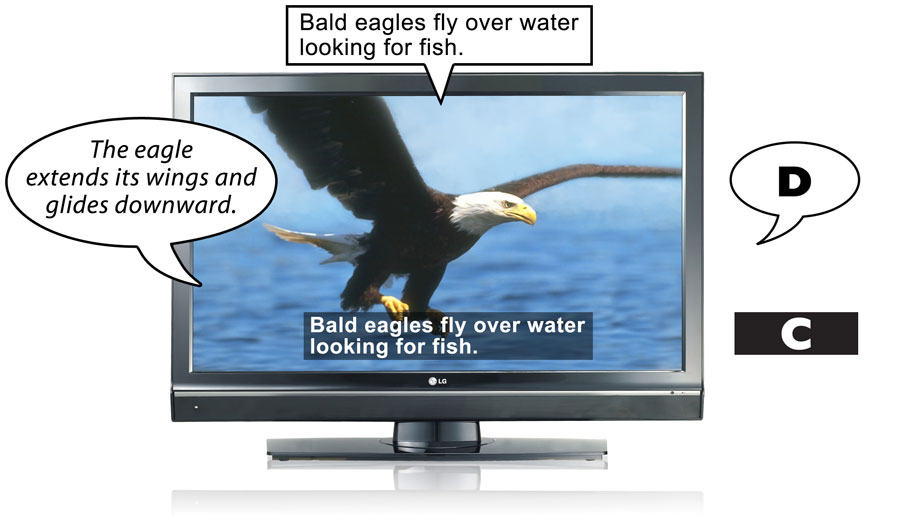Learning Center
Filtering by tag: captioning
-
Using Captions to Reduce Barriers to Native American Student Success
From the author: "Americans talk about captions as if they were only for foreign films. The problem with such an assumption is that it creates an illusion that the benefit of captions does not extend past translation. This article examines the extent to which using closed-captioned video material in the college classroom can be a useful universal teaching tool in enabling Native American and Alaska Native student achievement. Central in this discussion is a presentation of two years of preliminary data from an ongoing observational study of student success in my American Indian Studies 150 course on 'American Indian history in the United States.' This study addresses the infrequently recognized phenomenon that captions can assist not only students with diagnosed learning disabilities, but also so-called 'normal learners,' or the learning abled, to improve their recol¬lection of information from videos that are used to complement lectures." By Robert Keith Collins, published in the American Indian Culture a...Read More
about -
Reading Out of the "Idiot Box": Same Language Subtitling on Television in India
Same language subtitling (SLS) is the idea of subtitling the lyrics of song-based television programs (e.g., music videos) in the same language as the audio. Situated in a literature review of subtitling, this article describes the first-ever implementation of SLS on a TV program of film songs, specifically first-language literacy. "Chitrageet," a weekly 30-minute TV program of Gujarati film songs, was telecast across Gujarat state in India, with the lyrics subtitled in Gujarati. Discusses the results of the pilot study to test the effectiveness of SLS of film songs on the reading skills of out-of-school people. With limited exposure to SLS within a telecast period of 6 months, SLS was found to make an incremental but measurable contribution to decoding skills across the group that generally saw the subtitled TV program (as compared to those who did not). The idea is especially powerful in popular culture for literacy improvement, increasing viewers' exposure and interaction with print from early childho...Read More
about















